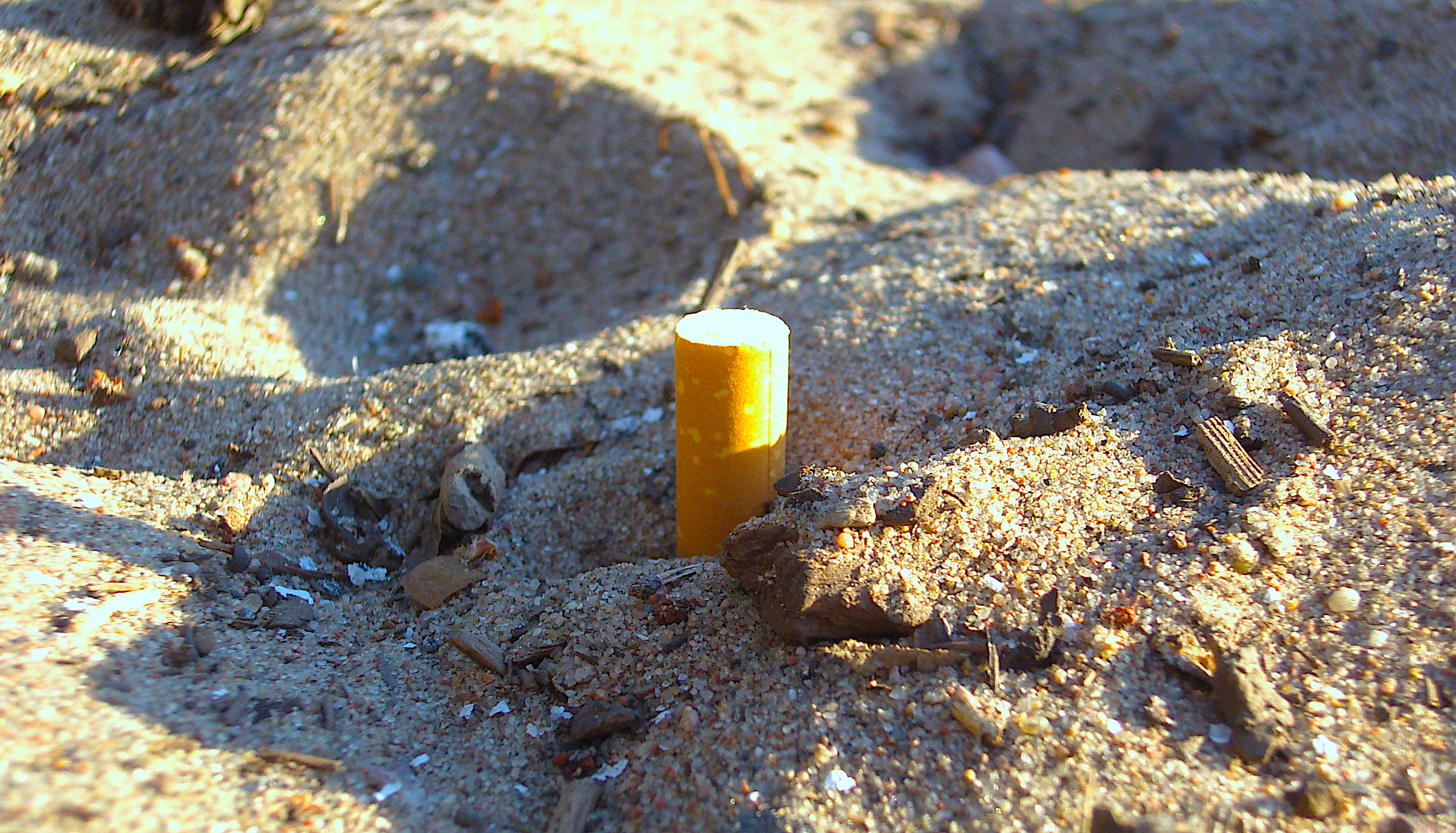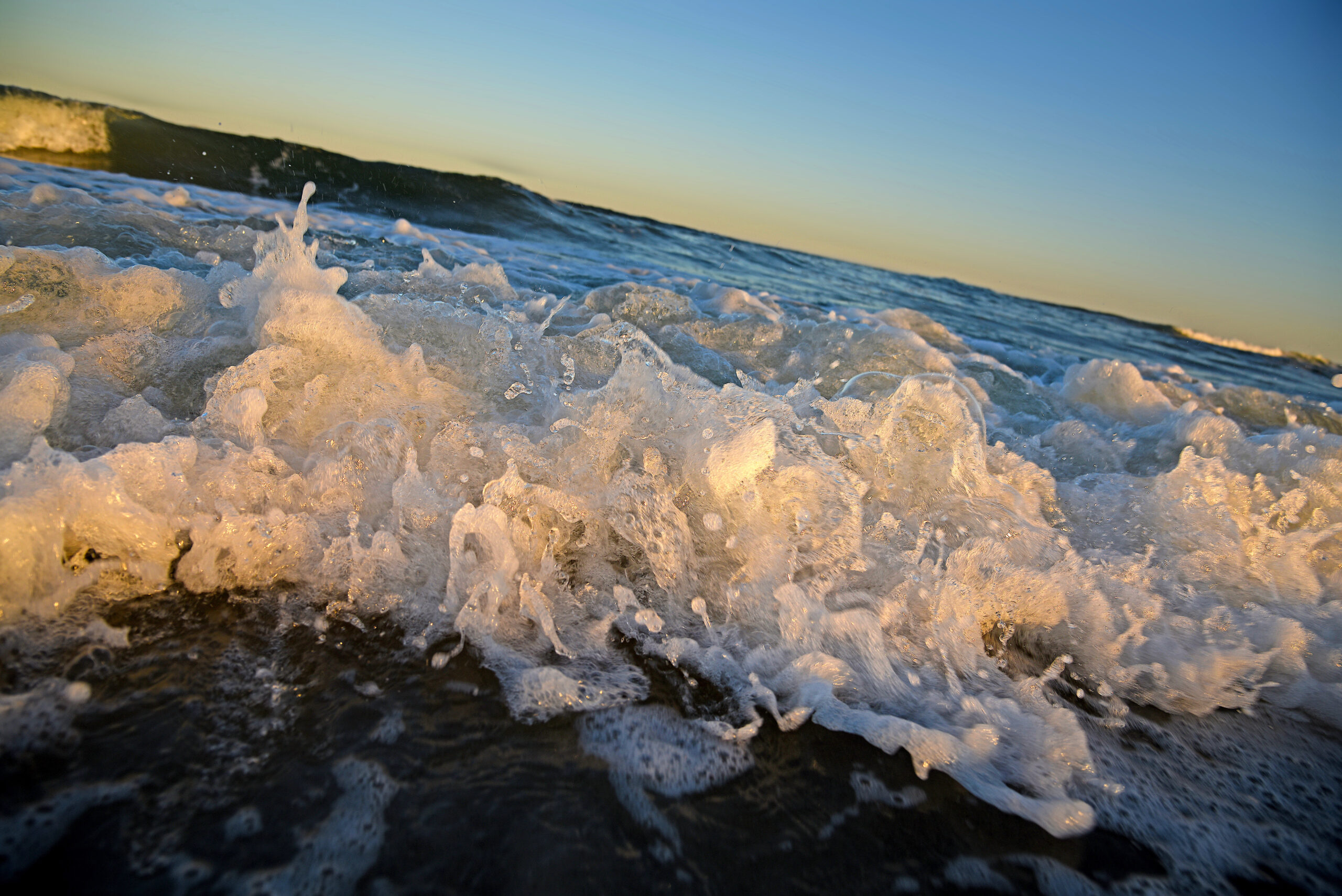Currents: N.C. Marine Debris by the Numbers
Reported trash in our state totals over one-half million items — and there’s reason to believe the actual total is higher.

PLEASURABLE ACTIVITIES LIKE FISHING OR EATING A PICNIC LUNCH CAN HAVE UNINTENDED CONSEQUENCES FOR MARINE ECOSYSTEMS, ANIMALS, AND EVEN HUMAN BEINGS. Whether it’s a fishing line left behind or a plastic bag that accidentally flew away, our small actions can negatively impact the earth for thousands of years.
Marine debris has become one of the biggest environmental threats to the planet, with plastic comprising the bulk of this problem — and it’s not just sea turtles that are hurt by floating debris disguised as delicious jellyfish. When the fish we eat have ingested microplastics, we might ingest these harmful substances, too.
As DukeEngage interns partnering with “North Carolina Marine Debris Action Plan” organizations, we conducted a research project that examined North Carolina cleanup and observation reports from NOAA’s Marine Debris Tracker App and the Ocean Conservancy.

When we looked at the numbers from 2016 to 2021, we learned that our state’s marine debris included 552,957 collected or observed items from reporting counties.
Eleven of North Carolina’s 20 coastal counties reported almost three-quarters of this trash; the other nine coastal counties did not submit clean-up reports. All told, the statewide total of over one-half million items came from only 59 reporting counties (out of North Carolina’s 100 counties), underrepresenting the amount of trash in the state’s environment.
Diving deeper into the statistics shows that cigars and cigarette butts are the most prominent kinds of marine debris in North Carolina, nearly one-third of the total number of items of trash reported. This isn’t a surprise; tobacco waste is the most commonly reported litter worldwide. Once in the environment, cigarette butts release chemicals, including arsenic, which are harmful to marine life.
After analyzing data on the composition of marine debris, we found plastic to be the most common substance, comprising 71% of the items collected. This includes water and soda bottles, grocery bags, utensils, and anything else manufactured with that difficult-to-decompose material.
Plastic bottles, in particular, can take 450 years to break down, depending on various estimates. Because they didn’t exist before the 1940s, every plastic water bottle that consumers haven’t properly recycled or disposed of still exists in the environment today.
The “North Carolina Marine Debris Action Plan” highlights concrete steps businesses and governments can take to reduce marine debris. If the food industry implemented marine debris reduction strategies, for example, like swapping single-use plastics for reusable alternatives, the environment would directly benefit. The political sphere also can spark environmental change through public policies that address and prevent marine debris.
Jackie Jaffe and Cameron DeChurch, students at Duke University, served as DukeEngage interns for the “North Carolina Marine Debris Action Plan.” Partners on the Duke University Marine Lab’s DukeEngage N.C. Marine Debris Assessment project include North Carolina Sea Grant, U.S. Fish and Wildlife Service, N.C. Coastal Federation, Jennette’s Pier, and the North Carolina Coastal Reserve and National Estuarine Research Reserve System.
lead photo: Cigars and cigarette butts comprise almost a third of all reported items of marine debris. Credit: Helen Penjam.
- Categories:


